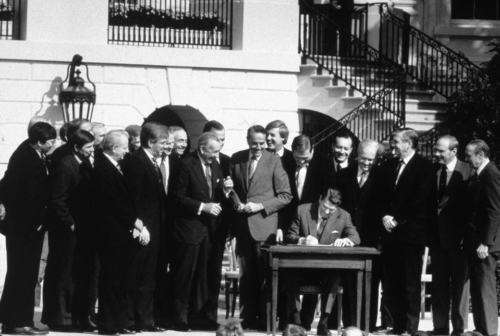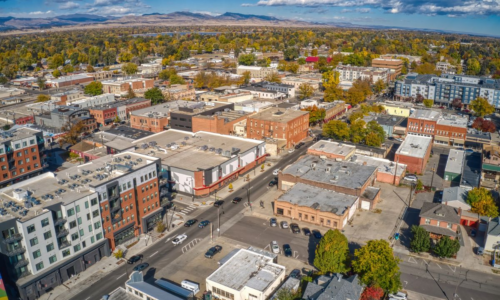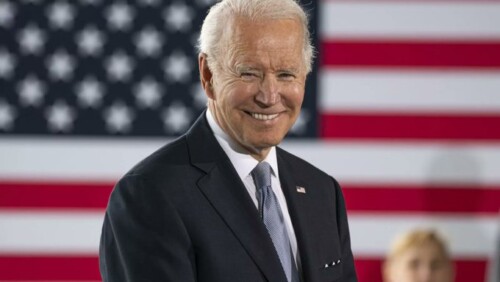Pete Brodnitz for Zeit: How Democrats defeated themselves
11.28.2016
The white working class in America is worried about change and afraid of economic decline. The Democrats further stoked those fears.
What fueled Trump’s improbable victory was a profound sense among working class White voters that the United States is losing control of its borders, its basic identity and its ability to generate good jobs that deliver decent wages to ordinary Americans. Trump engaged with voters on the topic of how global economic forces are changing America. Trump’s recognition that this is a major concern for many Americans gave him a powerful message that allowed him to win states that have traditionally voted Democratic for President, and it allowed him to overcome significant concerns Americans have about his judgement, qualifications and even character.
Trump’s victory should be a major wake-up call for the Democratic Party because it demonstrated deep-seated hunger among American voters for leaders who will address voter concerns about their future – and their ability to get good jobs in the future. While there are clearly uglier aspects to Trump’s appeal, I believe this core appeal will continue to win support for Trump (and by extension other Republicans) if Democrats fail to engage in this conversation with voters.
Trump did not win the most votes; Hillary Clinton won at least 1,5 million more votes than Trump. And Trump did not win over the public on many of his signature issue positions per the election day exit polls. But Trump won the most votes in three traditionally Democratic states, while Clinton won the most votes in three states that are traditionally “swing states” (she won Colorado, Virginia and New Mexico – states that are not traditionally reliable for Democrats). Why did these states shift? The answer lies in their demographics. Among the electoral “battleground” states, Trump won three states that are low on diversity and high on non-college White voters while Clinton won states that are high on both diversity and on college-educated White voters. In short, the American electorate divided significantly by both racial lines and by education level.
There were other changes in the electorate if you compare 2016 with the Obama-Romney contest of 2012 but they are less significant. For instance, the percentage of the electorate that identify as “liberal” did not change – it was 21% of the electorate in both 2012 and 2016 and Clinton won the same share of the liberal vote as had Obama.
That raises the question – why would the electorate divide along educational level lines? What would make a White voter in Wisconsin, Pennsylvania or Michigan who supported Obama (twice) vote for Trump?
One theory about what happened in the elections is that in the three states Trump added to his column, voters supported him because of their “anger” about economic policy such as tax breaks for wealthy people and corporations. If this is true, the path forward for Democrats would be clear: recognize the anger, address the causes of the anger such as a “rigged” or “stacked” political system and a tax system that favors the wealthy. The problem is that if we listen to voters, it’s clear that this is not what they voted for in this election.
Twice last year I polled voters to ask their state of mind. I did this in a general election poll of voters in battleground states (conducted for Progressive Policy Institute, or PPI) and in a national poll of non-college White voters (done jointly with Jill Normington for House majority PAC). In both cases, voters overwhelmingly said they described their frame of mind as worried, not angry or optimistic: in the late June survey of White non-college voters, 65% said they are worried about the future of the U.S. economy while 13% said they are angry and 23% said they are optimistic. This data is consistent with what I have been hearing voters say for the past ten years – that they are worried about how changes taking place in the world are leaving them behind. These concerns are most acute among non-college voters.
Continue Reading at Zeit Online.





